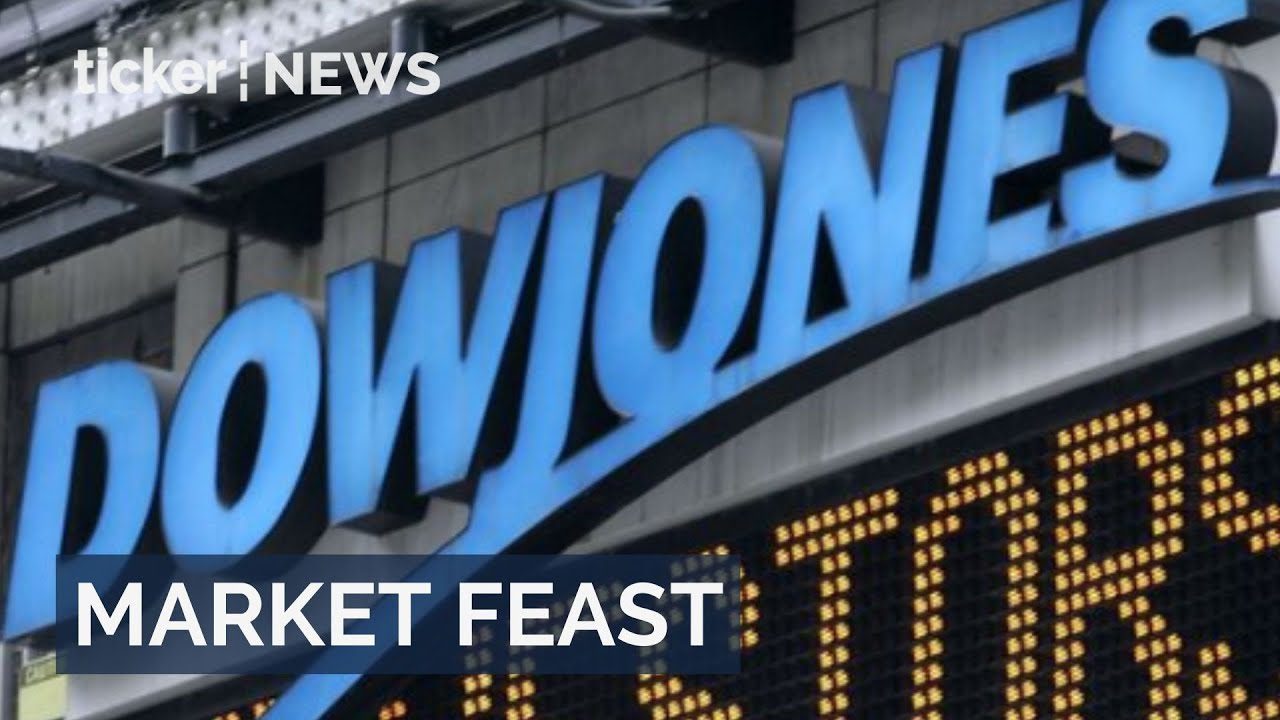Money
The true cost of inflation: How many Americans are living paycheck to paycheck?

Money
Stocks rally ahead of Thanksgiving as markets log four days of gains
Markets gain momentum ahead of Thanksgiving, with the Dow up 388 points and Oracle rising 4% amid investor optimism.
Money
Dow surges 500 points amid rate cut optimism
Dow jumps 569 points on fresh hopes for December rate cut and AI market optimism
Money
Gold prices surge as Central Banks buy big, but risks grow ahead
Gold prices surge as central banks increase demand; risks include a stronger dollar and rising interest rates.
-



 Leaders4 days ago
Leaders4 days agoH2Pro focuses on affordable green hydrogen
-



 Leaders4 days ago
Leaders4 days agoCarbonBlue revolutionises carbon capture and lime production
-



 Leaders3 days ago
Leaders3 days agoYosef Farm showcases successful organic farming in the desert
-



 Leaders3 days ago
Leaders3 days agoHomeBiogas transforms waste into clean energy in 30,000 homes
-



 News3 days ago
News3 days agoOpenAI and Instacart launch grocery shopping inside ChatGPT
-



 News4 days ago
News4 days agoU.S. approves Nvidia H200 chip exports to China amid tensions
-



 News4 days ago
News4 days agoCrypto market roars back as Bitcoin surges past key levels
-



 News4 days ago
News4 days agoParamount makes $108B hostile bid for Warner Bros Discovery








